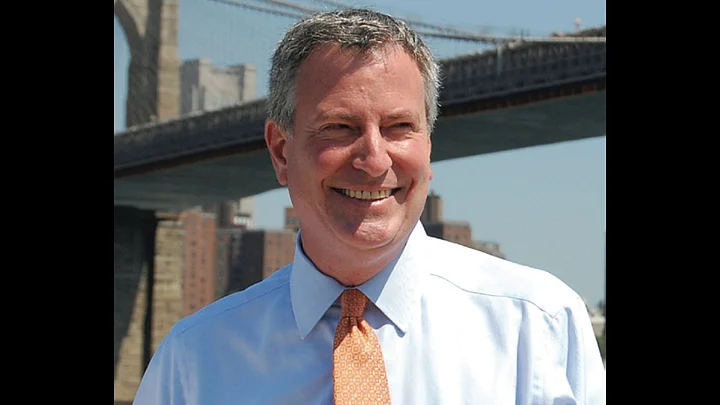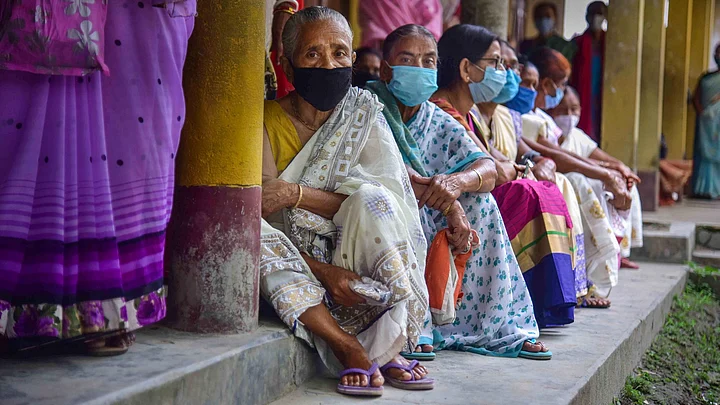Even as COVID-19 continues to wreak havoc in India and other parts of the world, nearly every other country is continuing to struggle with scarcities of infrastructure, oxygen and life-saving medicines for their people. The signs of slow recovery from COVID-19 are already visible in a few countries, but others like India are continuing to bear the brunt.
Expert opinion and trends from recovering countries clearly indicate that complete vaccination is the only way forward, apart from double-masking and physical distancing.
Unfortunately, the global production of vaccines is nowhere close to being what is required to inoculate all eligible people. The questions of quality, affordability, manufacturability, distributional equity, and logistics are still being pondered, as we continue to seek solutions to this scourge.
India’s Role in the Fight Against AIDS
Even though every crisis is unique in its own way, there are examples to learn from the past, as the world develops strategies to minimise the damage to both human life and the economy, caused by the pandemic. Not many may remember that even though mostly concentrated in Africa, not so long ago, the HIV epidemic in the late 1990s had had a similar impact as COVID today. The epidemic was killing more than five thousand people per day in Africa, and the continent was estimated to lose approximately 90 million by 2025 due to HIV.
The good quality AIDS drugs were out of the reach of the poor as the high-quality branded drugs cost as high as USD 40 per day per person. In such times, in an effort led by Cipla Inc, the Indian pharmaceutical industry (including Cipla, Mylan, and Ranbaxy (now Sun Pharmaceutical) offered to sell AIDS drugs at USD 1 per day per person to Africa, that is at an approximately 40 times cheaper cost than their western counterparts in the early 2000s.
In fact, the prices were further reduced to USD 0.39 per day per person (100 times lower than branded drugs) after a deal between the Indian pharmaceutical industry and the African government, with the support of the US-based Clinton Foundation.
Lessons from the Global AIDS Fight
The feat was not just a few people or organisations’ efforts, and included many stakeholders. The first and foremost was the Clinton Foundation that provided the financial support for this program at the beginning. The US government pledged USD 15 billion over 5 years for the effort.
The American pharmaceutical industry dropped patent infringement suits (related to AIDS-drugs, HAART) against the African government in 2001. The US FDA maintained the quality of drugs (a major issue with the then existing cheaper drugs in African markets) by maintaining strict approval standards on Indian drugs to be supplied to Africa under the President's Emergency Plan for AIDS Relief (PEPFAR).
It was the result of this joint international effort that the HIV positivity rate in Africa dropped to 20 percent in late 2010s, from 60 percent in the late 1990s. Thus, it was the result of this joint international collaboration between various stakeholders across the world that helped rein in the AIDS epidemic.
The endeavour (along with other factors like change in patent laws) also helped India improve its market image across the world and develop its manufacturing capabilities to become the world's leading generic manufacturer (producer of 1/5th of total generics in the world in 2020).
How India Can Become a Ray of Hope for Billions Around the World
History seems to be repeating itself in the COVID era. High death rates (10,000 per day), low manufacturing rates, tricky logistics (extremely low storage temperature requirements for some vaccines (like Pfizer at -70C), scarcity of raw materials, and indications of ending ‘Pandemic Pricing’ by big brands such as Pfizer (which could lead their vaccines to cost as high as USD 150) are creating situations like before.
Experts believe that many countries like South Africa would not get any vaccine by early 2023, if the current situations prevail.
In such a situation, India could again act as a ray of hope for billions. But the situation is more complicated this time around.
While India has much more credibility, acceptability, and capability of manufacturing than before, the severity of the pandemic is much more in the highly interconnected and interdependent world of today. Before acting as the pharmacy of the world and helping other nations, India should have controlled the pandemic within its own borders. Over the past months, the reported COVID-19 cases and deaths in India have increased exponentially.
India’s Vaccine Capacity
If everything works out, India is expected to produce approximately a billion doses of Covishield (based on UK’s research) per year at approximately 5 times lower prices than its US counterparts (USD 4 vs USD 20). In addition, credible domestic candidates (like Covaxin) are also making their mark and are getting approval from experts across the world.
With a combined production capacity of over 2 billion per year, India is once again ready to play an important role in the fight against COVID, to vaccinate approximately 7.7 billion people across the world.
But as was the case during the AIDS epidemic, it will need global support, primarily in two ways: financial and technical & logistical support for the production and distribution of vaccines, which already seems to be underway.
Way Forward
The US has expressed its commitment to give full support to the Indian pharma industry by providing timely raw materials. Other countries like China, UK, Germany, US all have also shown their support to India in its fight against COVID-19 by providing other medical supplies.
Thus, it is expected that, with continued support from across the world, India will be able to come out of its own crisis soon and be in a position to help save millions of lives.
(The author is a PhD student at the Massachusetts Institute of Technology (MIT), USA. This is an opinion piece, and the views expressed are the author’s own. The Quint neither endorses nor is responsible for them.)
(At The Quint, we question everything. Play an active role in shaping our journalism by becoming a member today.)



